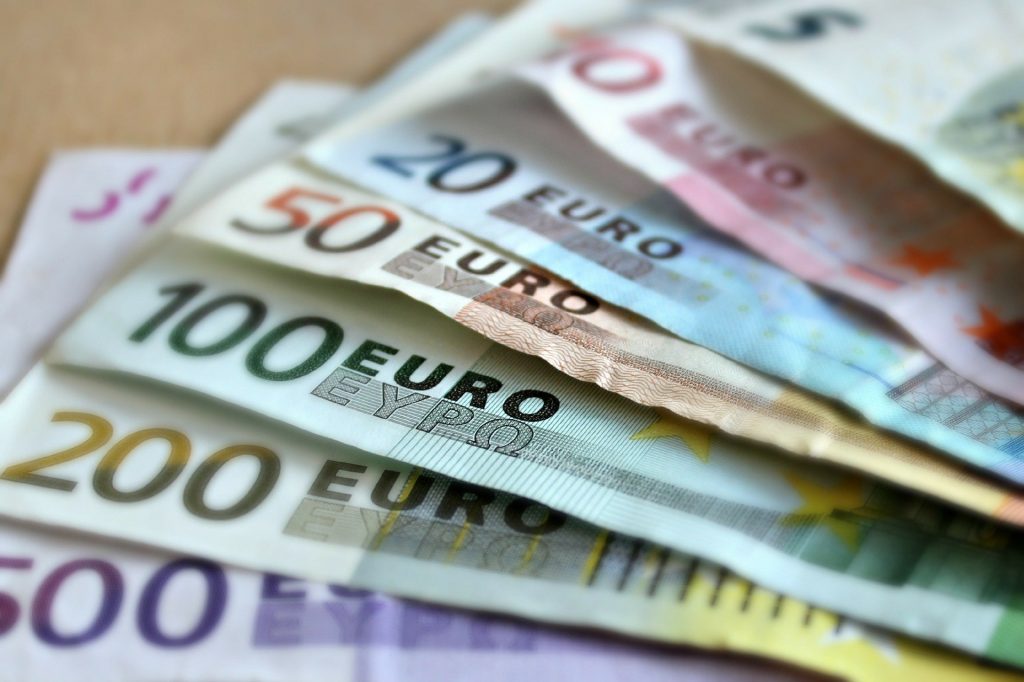
ZAGREB, July 10, 2020 – The European Commission on Friday welcomed the decision to include the Bulgarian lev and the Croatian kuna in the Exchange Rate Mechanism II (ERM II), the key step to entry into the euro area.
“The Commission welcomes the decision to include the Bulgarian lev and the Croatian kuna in the Exchange Rate Mechanism II (ERM II). It also welcomes the ECB Governing Council’s decision on close cooperation with both countries, marking their entry into the Banking Union,” the EC said in a press release.
The decision of the ERM II parties represents an important milestone in Bulgaria and Croatia’s efforts to join the euro area, the EC notes.
Both member states must now participate in the mechanism without severe tensions and, in particular, without devaluing their currency central rate against the euro on their own initiative, for at least two years before they can qualify to adopt the euro.
The Commission will continue to encourage and support the efforts of the Bulgarian and Croatian authorities to complete the process of joining the euro area, the EC says.
“The euro is a tangible symbol of European unity, prosperity and solidarity. This decision recognises the important economic reforms already undertaken by Bulgaria and Croatia while confirming the continued attractiveness of Europe’s single currency. We will continue to stand with both countries as they take their next and final steps towards joining the euro area,” said EC President Ursula von der Leyen.
Valdis Dombrovskis, Executive Vice-President for an Economy that works for People, said the step was “a testament to the attractiveness of our common currency – still relatively young but highly successful globally.”
Paolo Gentiloni, Commissioner for the Economy, said: “In a time of crisis and uncertainty, this decision sends a message of confidence in the euro and clarity that Bulgaria and Croatia will be the next countries to join.” He also noted that Bulgaria and Croatia had made huge efforts to prepare for entry into ERM II and the Banking Union.
“As they take this key step towards our common currency, we as Europeans take a new step towards ever closer Union,” said Gentiloni.
The last enlargement of the euro area happened in 2015, when Lithuania adopted the common European currency.
The euro area currently has 19 members. All EU countries, except Denmark, have the obligation to introduce the euro. Denmark participates in ERM II.
On June 10 the EC published a convergence report evaluating the progress member-countries outside the euro area had made on the path towards the introduction of the euro.
Under the report, Croatia has met all criteria to join the euro area except for membership in ERM II.
Of the seven countries covered by the report, which is published every two years, only Croatia meets all the conditions except for the minimum two-year membership of ERM II.
In order to join the euro area, it is necessary to meet the convergence criteria, also known as the Maastricht criteria. They are price stability, sound public finances, exchange rate stability and durability of convergence. Also examined is the compatibility of national legislation with European Monetary Union (EMU) rules.
Croatia and Sweden fulfil all of the economic convergence criteria, and only Croatia has legislation fully compatible with EMU rules.










